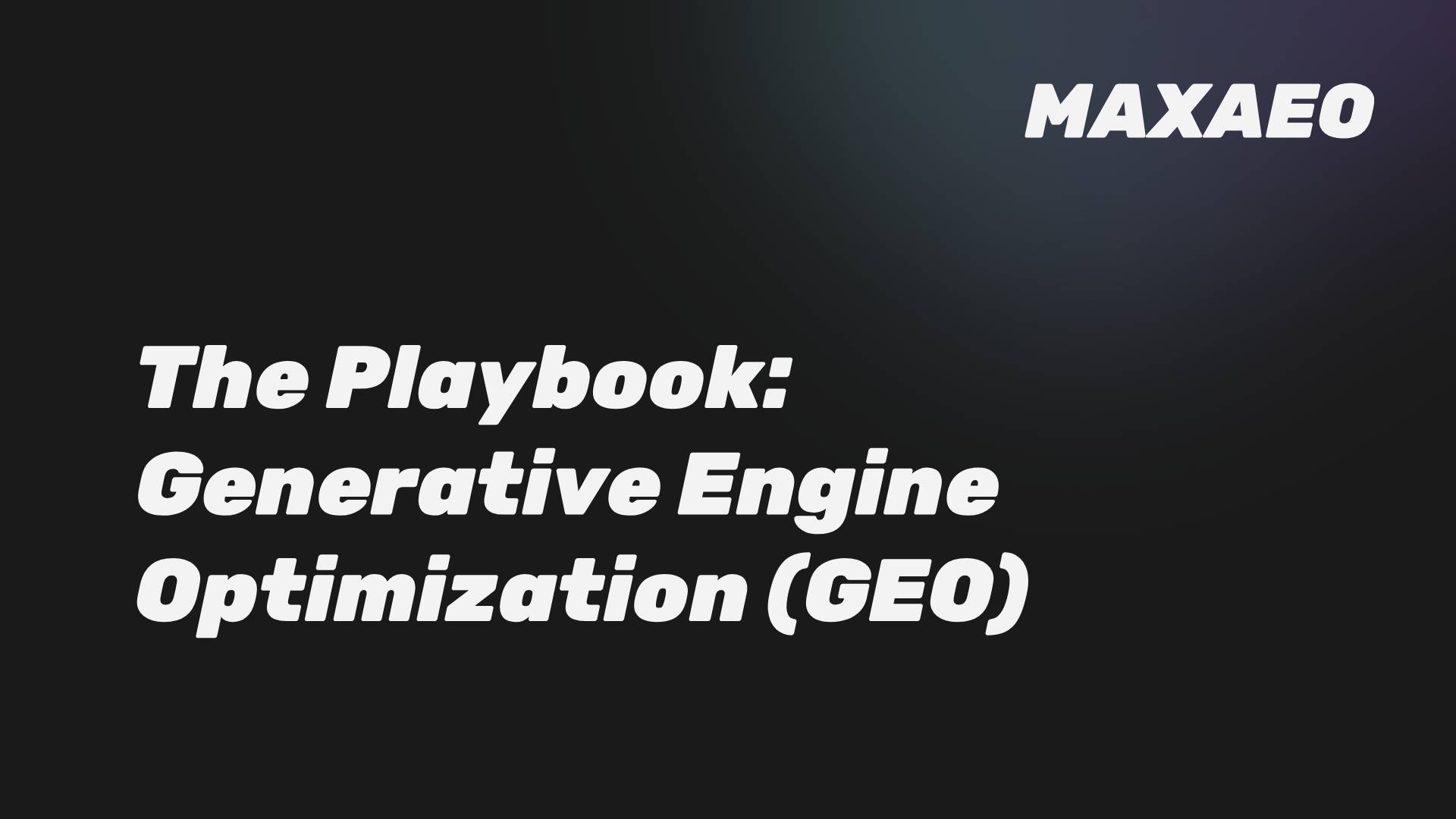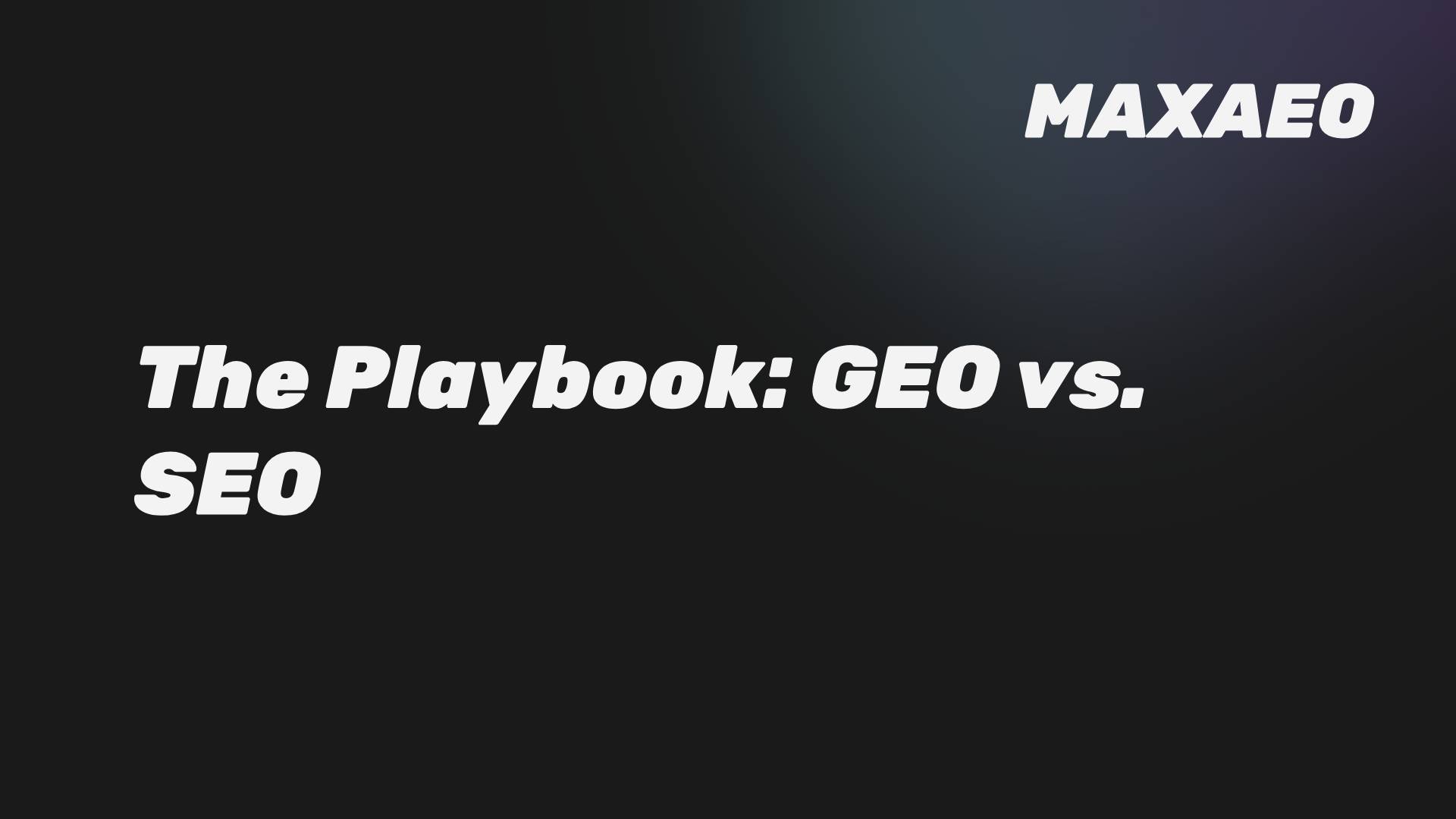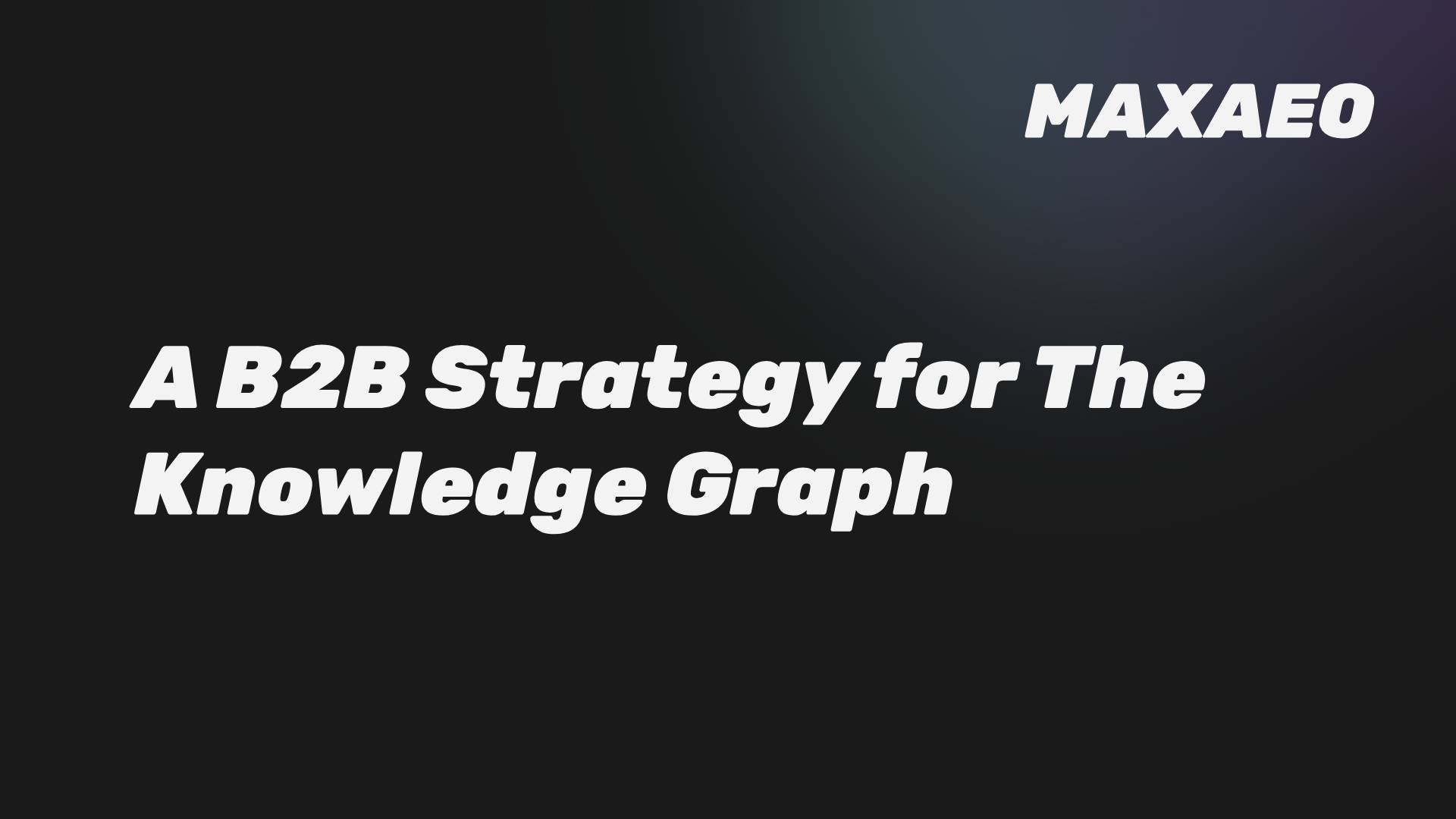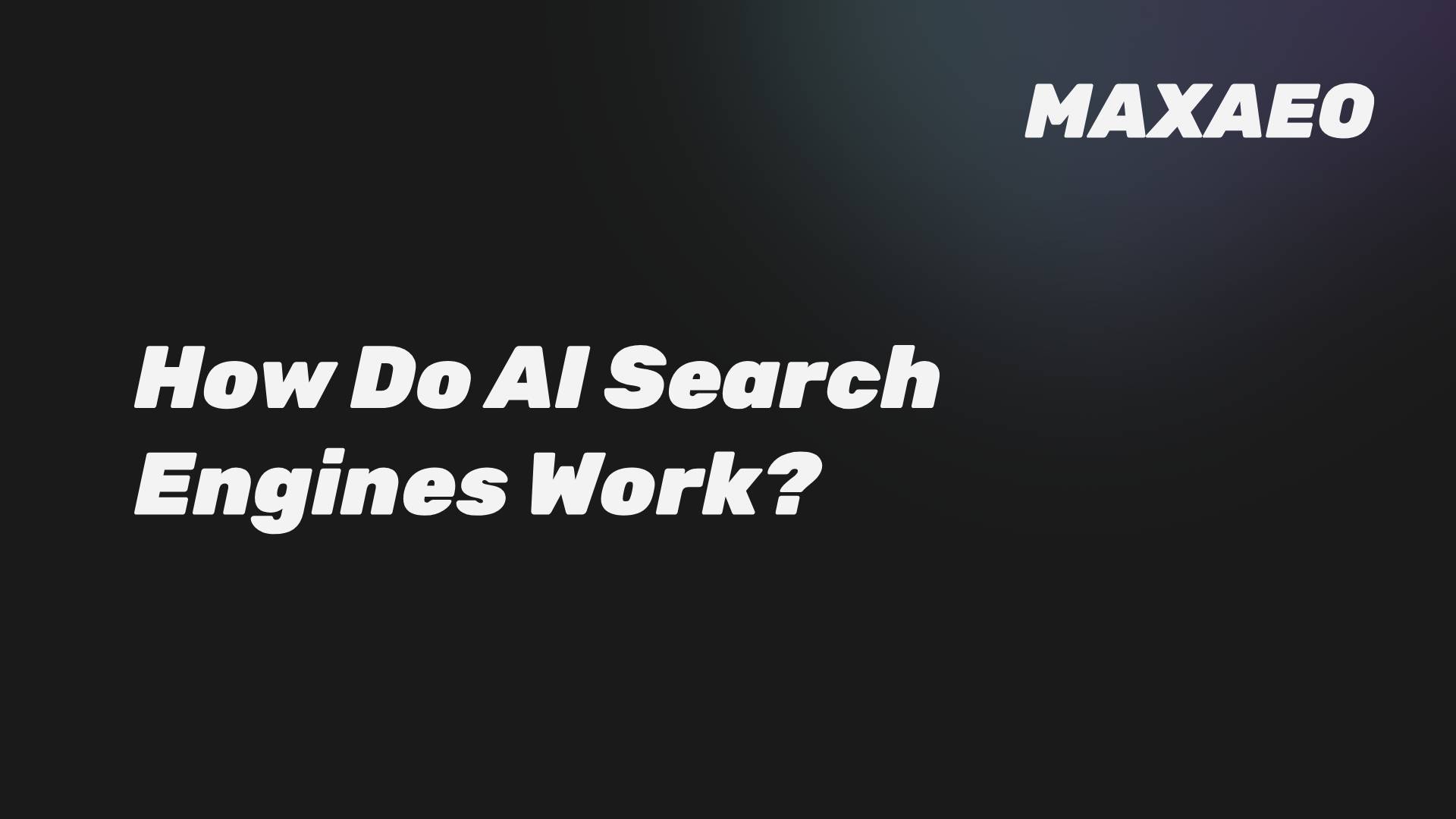· Anton Grant · Digital Marketing · 5 min read
AI Crawlers: The B2B Leader's Guide to Managing AI Bot Traffic
A strategic guide for B2B leaders. Learn what AI crawlers from OpenAI, Google, and others are, the risks they pose, and how to manage them with robots.txt and llms.txt for GEO success.
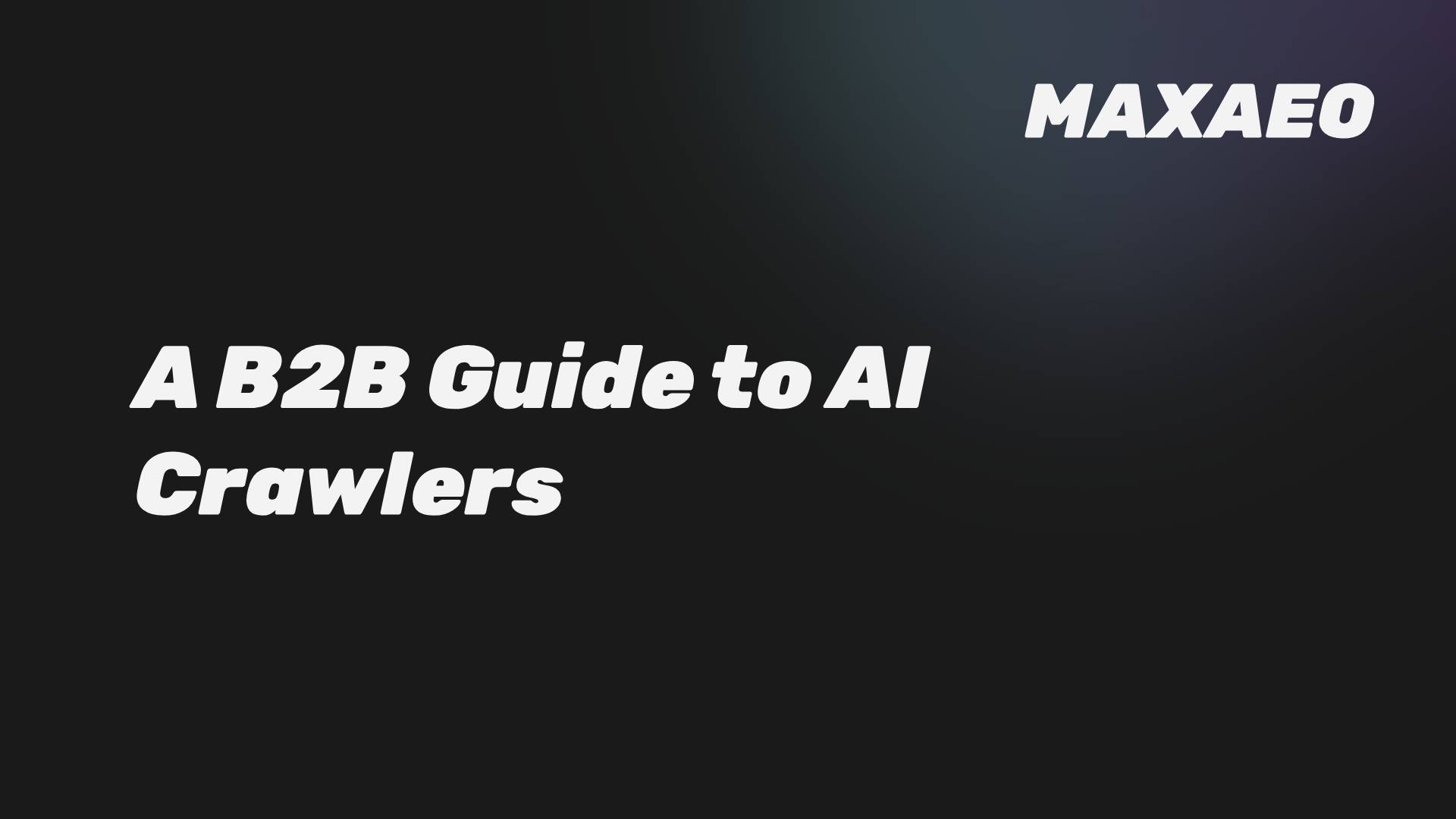
AI Crawlers: The B2B Leader’s Guide to Bot Management
Your website is being visited by a new class of powerful, uninvited guests: Artificial Intelligence (AI) crawlers. These bots, operated by companies like OpenAI and Google, now account for a volume of requests equal to nearly 30% of Googlebot’s traffic, yet most businesses are blind to their presence and unprepared for the risks.This guide provides a strategic framework for B2B leaders on managing AI crawlers. We will explain what they are, the critical differences in their behavior, and how to implement a sophisticated access strategy that protects your brand while maximizing your visibility in the new world of AI search.
What Are AI Crawlers and Why Should Leaders Care?
AI crawlers are automated bots that gather information from websites to fuel AI models. They are not a monolithic group; they serve two distinct and critical functions that every B2B leader must understand.
- Training Data Collectors: Bots like OpenAI’s GPTBot and Anthropic’s ClaudeBot perform large-scale crawls to gather data for training the foundational knowledge of future Large Language Models (LLM).
- Real-Time Retrieval Agents: Bots like ChatGPT-User and PerplexityBot are dispatched to fetch live, up-to-the-minute information from web pages to answer a specific user query in real time.
Ignoring these crawlers is a significant business risk. An unmanaged bot strategy can lead to your intellectual property being used without consent, or worse, your brand being completely invisible in the real-time answers that are shaping your customers’ purchase decisions.
How Do AI Crawlers Differ from Traditional Search Bots?
The key difference is capability and purpose. Traditional crawlers like Googlebot have evolved over decades and are highly sophisticated. AI crawlers are newer and often operate with critical limitations that have major strategic implications.
| Aspect | Traditional Crawler (e.g., Googlebot) | AI Crawler (e.g., GPTBot, ChatGPT-User) |
|---|---|---|
| Primary Purpose | Index content to rank a list of links. | Train foundational models or retrieve live data for a single answer. |
| JavaScript Rendering | Fully renders JavaScript. | Does not render JavaScript. Content is often invisible. |
| Speed & Behavior | Follows predictable patterns; respects crawl budgets. | Can be highly aggressive; behavior is often synchronous and mission-driven. |
| Strategic Goal | Win rankings and clicks (SEO). | Win citations and influence (GEO). |
The Critical JavaScript Blind Spot
The most significant technical difference is that most AI crawlers cannot execute JavaScript. If your website relies on client-side rendering to display critical information—such as product features, pricing, or key value propositions—that content is invisible to the majority of AI engines. This is a massive and often overlooked vulnerability in modern B2B websites.
What is the Strategic Framework for Managing AI Crawlers?
A successful strategy for managing AI crawlers is not about simply blocking or allowing them. It’s about implementing a nuanced access policy that aligns with your business goals, using the tools you already have: robots.txt and the emerging llms.txt standard.
Step 1: Use robots.txt for Access Control
Your robots.txt file is your primary tool for controlling which bots can access which parts of your site. A strategic configuration is essential.
- Protect Intellectual Property: You can choose to block training data collectors to prevent your proprietary content from being used to train third-party models. For example, adding
User-agent: GPTBotfollowed byDisallow: /will block OpenAI’s training bot. - Enable Real-Time Visibility: You must allow real-time retrieval agents to ensure your brand can be cited in live AI answers. Blocking bots like ChatGPT-User will make you invisible in the conversations that matter most.
Step 2: Use llms.txt for Content Guidance
The llms.txt file is an emerging standard that acts as a “cheat sheet” for AI models. It is a Markdown file in your root directory that provides a structured, clutter-free summary of your site’s most important content.
While robots.txt controls access, llms.txt provides guidance. It helps the AI efficiently find and understand your most critical information, increasing the likelihood of accurate and favorable representation. This is a key tactic in Answer Engine Optimization (AEO).
What Is the Business Impact of a Proactive Crawler Strategy?
A proactive crawler strategy moves your brand from a passive position to one of active control over your AI narrative.
- Protects Competitive Advantage: By controlling what training bots can access, you protect your unique data and content from being absorbed into competitor-accessible models.
- Maximizes Visibility in High-Intent Queries: By ensuring retrieval bots have access to clear, machine-readable content, you increase your chances of being cited in the mid-funnel, comparative queries where B2B decisions are made.
- Reduces Brand Risk: A clear and accessible digital presence reduces the likelihood of AI “hallucinations” and misinformation about your brand.
Conclusion
AI crawlers are the new gatekeepers to brand visibility and authority. Understanding their behavior and implementing a sophisticated management strategy is no longer a niche technical task; it is a core function of modern B2B marketing. Leaders who master this new domain will protect their intellectual property while ensuring their brand is the one cited and trusted in the AI-driven conversations of tomorrow.
By treating your bot access policy as the strategic asset it is, you can build a resilient, competitive, and authoritative presence in the new era of AI Search.
Your future-proof growth strategy starts here. Let’s discuss what’s possible.
